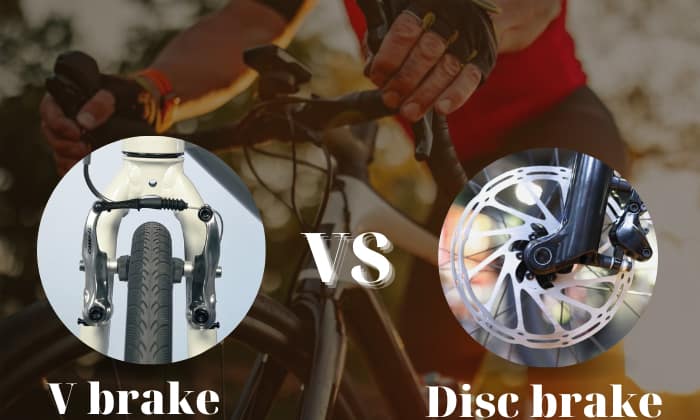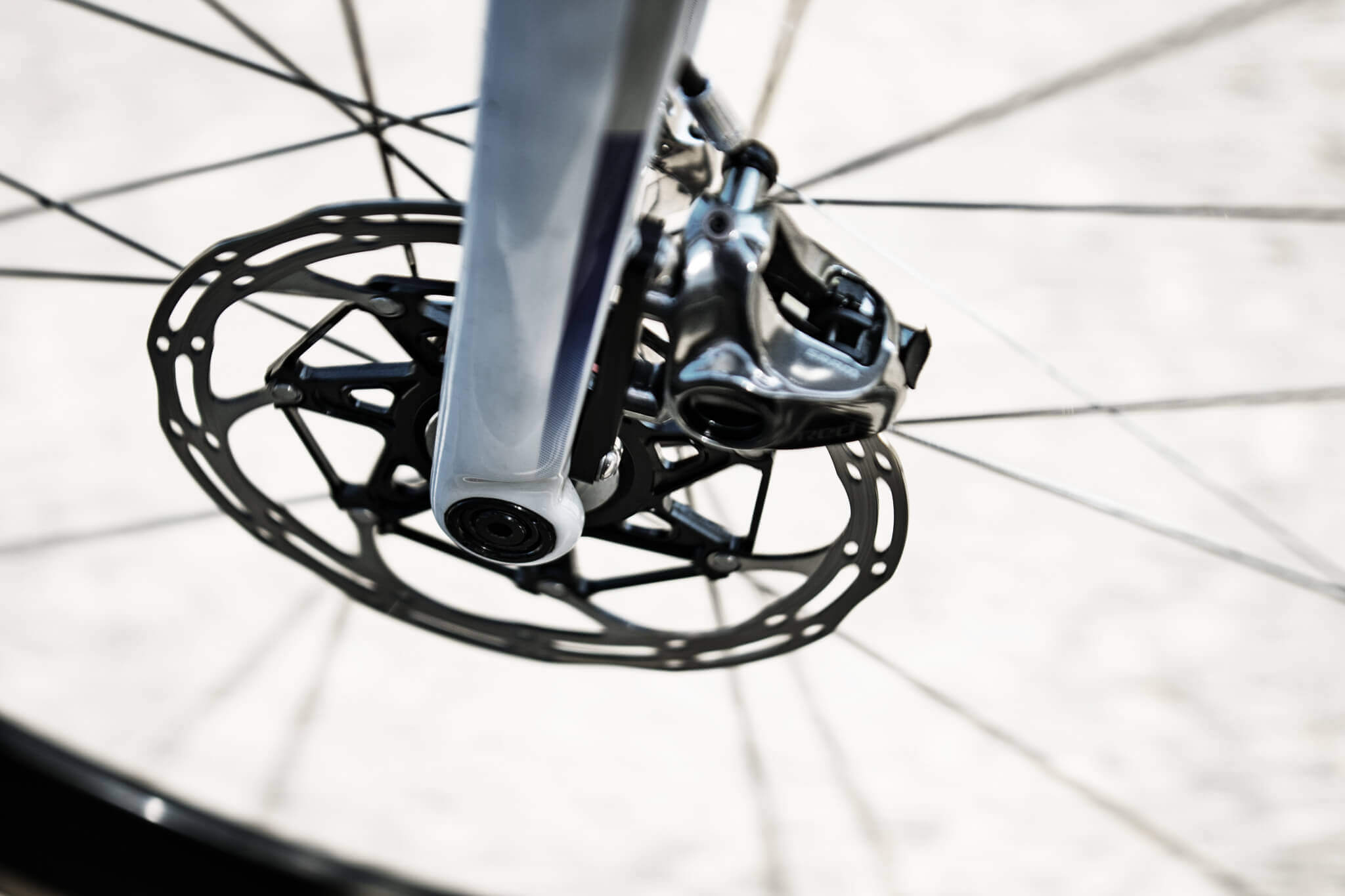Understanding the Fundamentals of Bicycle Braking
Reliable braking performance is crucial in cycling, as it directly impacts a rider’s safety and confidence on the road or trail. When it comes to choosing a braking system, cyclists are often faced with a dilemma: disc brakes or rim brakes? Both options have their advantages and disadvantages, and understanding the key differences between them is essential for making an informed decision. The disc vs rim brakes debate has been ongoing for years, with each side having its loyal followers. However, by examining the fundamental principles of bicycle braking, riders can better appreciate the strengths and weaknesses of each system. Factors such as riding style, terrain, and weather conditions all play a role in determining which braking system is best suited for a particular cyclist. In this article, we will delve into the world of disc and rim brakes, exploring their characteristics, benefits, and drawbacks, to help cyclists choose the right braking system for their unique needs.
Disc Brakes: The Advantages and Disadvantages
Disc brakes have revolutionized the cycling industry with their improved stopping power, better modulation, and increased durability. One of the primary advantages of disc brakes is their ability to provide consistent and reliable braking performance, even in wet and muddy conditions. This is particularly important for riders who frequent rough terrain or ride in areas with high levels of precipitation. Additionally, disc brakes offer better modulation, allowing riders to fine-tune their braking input and maintain control over their bike. However, disc brakes also have some drawbacks, including added weight, complexity, and higher cost. The increased weight of disc brakes can affect a bike’s overall performance, while the complexity of the system can make maintenance and repair more challenging. Furthermore, disc brakes are generally more expensive than rim brakes, which can be a significant factor for riders on a budget. Despite these drawbacks, disc brakes have become a popular choice for many cyclists, particularly those who prioritize braking performance and reliability.
Rim Brakes: The Traditional Option
Rim brakes have been a staple in the cycling industry for decades, offering a reliable and cost-effective braking solution. One of the primary advantages of rim brakes is their simplicity, with fewer components and less complexity compared to disc brakes. This simplicity translates to a lighter overall weight, making rim brakes an attractive option for riders who prioritize speed and agility. Additionally, rim brakes are generally less expensive than disc brakes, making them a more accessible option for riders on a budget. However, rim brakes also have some limitations, including reduced stopping power, particularly in wet conditions. The braking surface on rim brakes can become compromised when wet, leading to a decrease in braking performance. Furthermore, rim brakes can be more prone to wear and tear, requiring more frequent maintenance and replacement. Despite these limitations, rim brakes remain a popular choice for many cyclists, particularly those who ride in dry conditions and prioritize simplicity and cost-effectiveness. When considering the disc vs rim brakes debate, riders should weigh the importance of braking performance against the benefits of simplicity and cost-effectiveness.
How to Choose the Right Braking System for Your Riding Style
When it comes to selecting the right braking system, riders must consider their specific needs and preferences. The disc vs rim brakes debate is not a one-size-fits-all solution, and riders must assess their riding style, terrain, and weather conditions to make an informed decision. For riders who frequent rough terrain, disc brakes may be the better option due to their improved stopping power and better modulation. On the other hand, riders who prioritize speed and agility may prefer rim brakes for their simplicity and light weight. Weather conditions also play a significant role in the decision-making process, as disc brakes perform better in wet conditions, while rim brakes may be more suitable for dry conditions. Additionally, personal preference plays a significant role, as some riders may prefer the feel and responsiveness of disc brakes, while others may prefer the simplicity and cost-effectiveness of rim brakes. To assess your braking needs, consider the following factors: riding terrain, weather conditions, personal preference, and budget. By weighing these factors, riders can make an informed decision and choose the braking system that best suits their needs. Ultimately, the key to choosing the right braking system is to understand your specific needs and preferences, and to prioritize the factors that matter most to you.
Real-World Examples: Disc and Rim Brakes in Action
In the world of professional cycling, top-tier components and bicycles often feature disc brakes, showcasing their capabilities in high-performance applications. For instance, the Shimano Ultegra groupset, a popular choice among professional and amateur riders alike, offers a disc brake option that provides improved stopping power and better modulation. Similarly, the Campagnolo Super Record groupset, known for its high-end components, features a disc brake option that offers exceptional braking performance. On the other hand, rim brakes are still widely used in the cycling industry, particularly in the road bike segment. The Cannondale SuperSix Evo, a high-performance road bike, features rim brakes as a standard option, highlighting their suitability for speed-oriented riding. These real-world examples demonstrate the different applications of disc and rim brakes, showcasing their strengths and weaknesses in various riding scenarios. When considering the disc vs rim brakes debate, riders can look to these examples to inform their decision, taking into account their specific needs and preferences. By examining how different braking systems are used in various contexts, riders can gain a better understanding of which system is best suited to their riding style.
Maintenance and Upkeep: A Comparison of Disc and Rim Brakes
When it comes to maintaining and upkeeping your brakes, disc and rim brakes have distinct requirements. Disc brakes, with their more complex design, require more frequent pad replacements, typically every 3,000 to 5,000 miles, depending on riding conditions. Additionally, disc brakes need regular cleaning to prevent dirt and debris from accumulating on the rotor and pads. On the other hand, rim brakes are relatively low-maintenance, with pad replacements needed less frequently, typically every 5,000 to 10,000 miles. However, rim brakes require more frequent cable adjustments to ensure proper braking performance. Both disc and rim brakes require regular cleaning to prevent corrosion and maintain optimal performance. When choosing between disc and rim brakes, riders should consider their maintenance habits and preferences. For those who prioritize ease of maintenance, rim brakes may be the better option. However, for riders who value the improved performance of disc brakes, the added maintenance requirements may be a worthwhile trade-off. By understanding the maintenance needs of both disc and rim brakes, riders can make an informed decision and ensure their brakes are always in top condition. In the disc vs rim brakes debate, maintenance requirements are a crucial factor to consider, as they can significantly impact the overall riding experience.
The Future of Braking Technology: Trends and Innovations
The cycling industry is constantly evolving, and braking technology is no exception. In recent years, advancements in disc brake design have led to improved performance, increased durability, and reduced weight. One of the most significant trends in disc brake technology is the development of hydraulic disc brakes, which offer improved modulation and increased stopping power. Additionally, new materials such as carbon fiber and titanium are being used to create lighter and more durable brake components. Another area of innovation is in the development of electronic shifting systems, which integrate with disc brakes to provide seamless gear shifting and braking performance. In the disc vs rim brakes debate, these advancements are likely to further tip the scales in favor of disc brakes, offering riders improved performance and increased safety. However, rim brakes are also seeing innovations, such as the development of more efficient brake pads and improved cable systems. As braking technology continues to evolve, riders can expect to see even more advanced features and improved performance from both disc and rim brakes. The future of braking technology holds much promise, and riders can look forward to even more reliable, efficient, and high-performance braking systems.
Conclusion: Making an Informed Decision
In conclusion, choosing the right braking system for your bicycle is a crucial decision that depends on various factors, including your riding style, terrain, and personal preferences. By understanding the advantages and disadvantages of disc and rim brakes, as well as their maintenance requirements, you can make an informed decision that meets your specific needs. The disc vs rim brakes debate is ongoing, and each option has its strengths and weaknesses. As braking technology continues to evolve, riders can expect to see even more advanced features and improved performance from both disc and rim brakes. Ultimately, the key to making the right choice is to consider your specific needs and preferences, and to stay informed about the latest developments in braking technology. By doing so, you can ensure a safe and enjoyable riding experience, whether you’re cruising through the city or tackling the toughest mountain trails.









